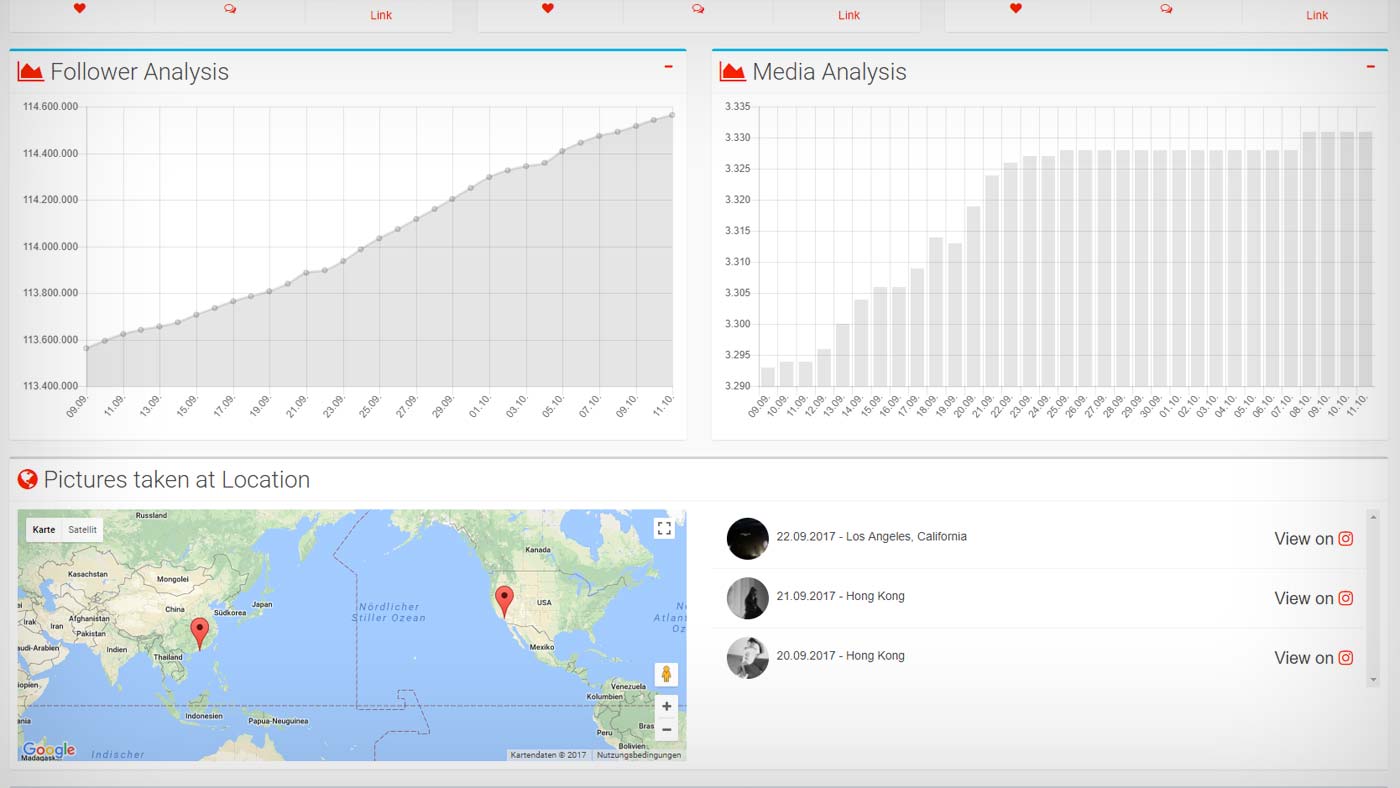Costs per Lead (CPL): Calculation, Meaning & Application Areas
Cost per lead (CPL), translated as “contact compensation,” describes a billing model in online marketing. Unlike other billing models, which pay per click on an ad or per transaction, advertisers are paid according to the number of leads or contacts they generate under this payment model.
Calculation of the CPL
The formula for calculating the CPL is simple. All you have to do is divide the cost of your advertising campaign by the number of leads generated.
Total advertising spend / number of all leads generated = CPL
Why use CPL?
The CPL is mostly used in online marketing when it comes to scaling and comparing advertising measures more precisely. A significant advantage of the CPL is the fact that, in contrast to the CPC, payment is only made for the successful referral of potential new customers.
This has the advantage that only users who are willing to buy approach you through advertising measures and the success is often more clearly visible. Despite the great success potential of CPL, it should be noted that compared to alternative billing models, lead costs are often higher with CPL.
- Application in online marketing
- In the event of successful referral of potential new customers
- “Addressing” only users who are willing to buy
- Lead costs often higher for CPL
Fields of application
This billing model clearly focuses on the acquisition of customer data. This data can then be used, for example, for targeted new customer acquisition. The CPL is therefore used primarily in these areas:













 4.9 / 5.0
4.9 / 5.0